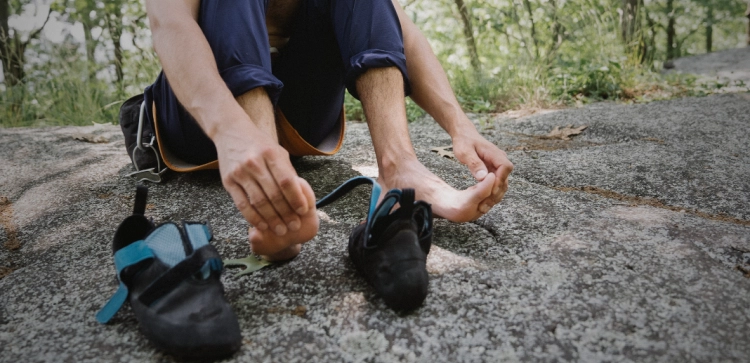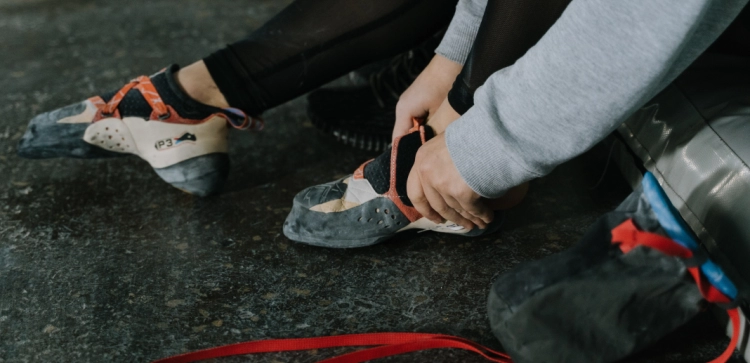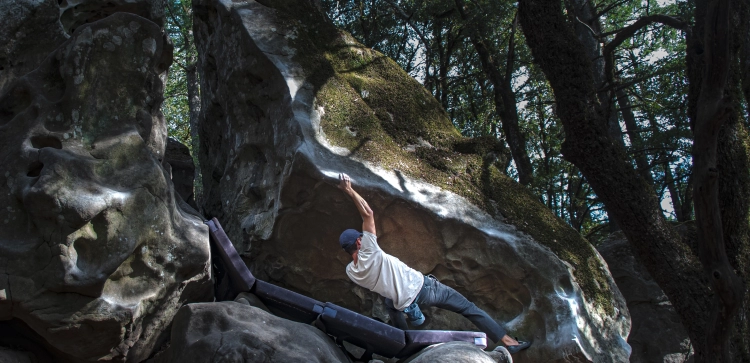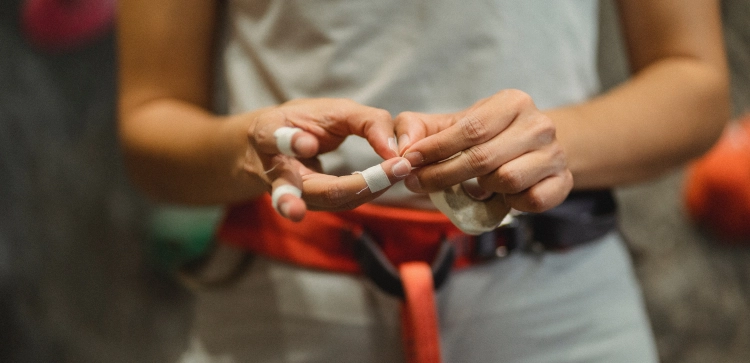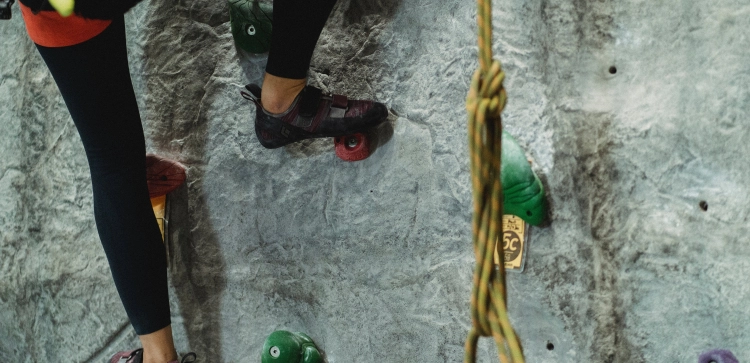How Do You Choose The Right Harness For Climbing?
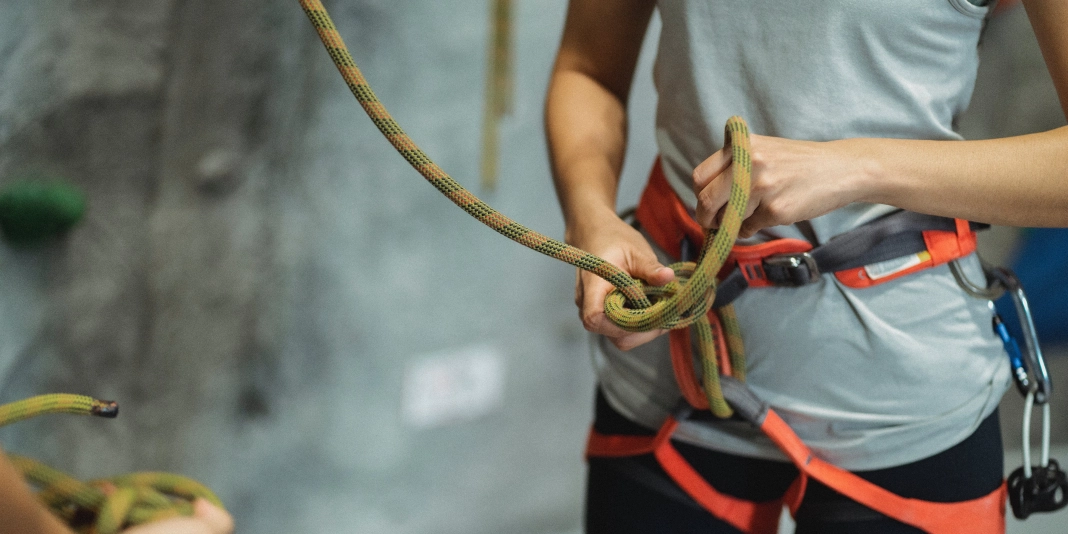
When it comes to climbing, few pieces of gear are as essential as your harness. It's not just a matter of safety; your harness also affects your comfort and performance on the wall. But with various options available, how do you choose the right harness for climbing? In this comprehensive guide, we'll walk you through the key factors to consider, so you can make an informed decision that suits your climbing style, body type, and safety requirements.
Understanding the Different Types of Climbing Harnesses
The first step in selecting the right harness is understanding the various types available. Here are the primary types and their typical uses:
1. Sit Harness:
-
Best For: Top-rope climbing, gym climbing, mountaineering
-
Description: Sit harnesses are minimalist and designed for comfort during extended hanging or sitting in a harness. They're commonly used for belaying and rappelling.
2. Chest Harness:
-
Best For: Big wall climbing, aid climbing
-
Description: Chest harnesses provide additional support for big wall and aid climbers. They prevent the harness from riding up during prolonged hanging.
3. Full-Body Harness:
-
Best For: Climbing with children, alpine climbing
-
Description: Full-body harnesses offer extra safety for young climbers and added security in alpine and glacier travel.
4. Climbing Harness for Women or Men:
-
Best For: Tailored fit
-
Description: Some harnesses are designed specifically for women or men, considering differences in body shape and proportions.
5. Specialized Harnesses:
-
Best For: Ice climbing, competitions, rescue operations
-
Description: Specialized harnesses cater to specific needs, such as ice climbing with gear loops designed for ice screws or lightweight harnesses for competitions.
Determining the Right Size and Fit
Choosing the correct size and ensuring a snug fit are crucial for comfort and safety. Here's how to get it right:
1. Measure Your Waist:
- Use a tape measure to determine your waist size at the level of your hipbones.
2. Check the Sizing Chart:
- Each harness manufacturer provides a sizing chart. Refer to it to find your corresponding size.
3. Try It On:
- Whenever possible, try the harness on before purchasing to ensure a comfortable fit.
4. Adjust the Leg Loops:
- Leg loops should fit snugly but not be overly tight. Adjust them according to your comfort.
Evaluating Safety Features
Safety is paramount in climbing, and your harness plays a critical role. Consider the following safety features:
1. Buckles:
- Look for double-back or self-locking buckles that prevent accidental loosening.
2. Gear Loops:
- Assess the number and placement of gear loops to accommodate your climbing gear, such as quickdraws, carabiners, and belay devices.
3. Tie-In Points:
- Ensure the harness has a reinforced tie-in point, often labeled with a contrasting color.
Conclusion
Selecting the right climbing harness is an essential step toward enjoying a safe and comfortable climbing experience. By understanding the different types of harnesses, determining the correct size and fit, and evaluating safety features, you can make a well-informed choice that aligns with your climbing goals and preferences.
Remember that your climbing harness is a piece of gear you'll rely on for countless climbs. Invest time in research, try on different harnesses, and consider seeking advice from experienced climbers or gear experts. With the right harness, you'll be better equipped to tackle challenging routes and make the most of your climbing adventures.

